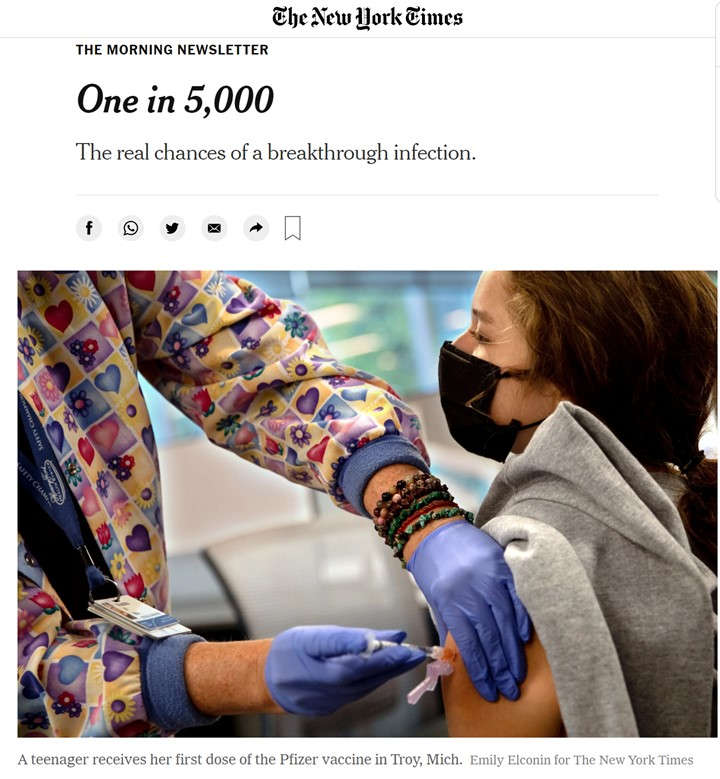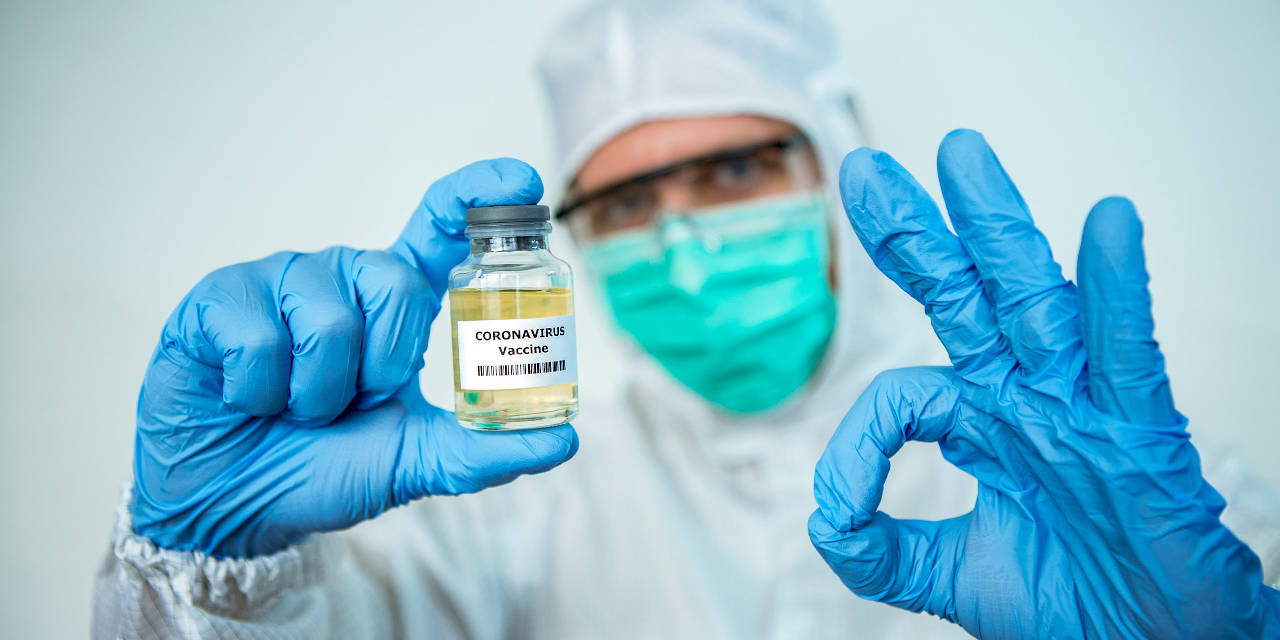By Steve Moran
Every day in the news, we see stories about breakthrough Covid infections. Headlines that tell us the vaccine is really only forty-something percent effective. It makes you wonder each time you go out of your house if you are putting yourself at risk of dying.
It is scary stuff.
Even though you are vaccinated.
It may make you rethink attending conferences this fall or passing if you have already decided to attend.
It is BS.
The risk of infection is tiny.
Every media site in the world is looking for the next most sensational story to get you and me to pay attention to what they have published. That’s why the term “mu variant Covid” is right at the top of the term people are searching for.
It’s not political. It’s not that they want to scare you, they just want to grab your attention. And they know that if they don’t, someone else will.
The end result is that they are scaring us to death, causing people to do crazy things like purchase and use Ivermectin rather than trusting in science and data.
New York Times
According to an article in the New York Times titled One in 5,000 (paywall warning), if you have been vaccinated, your chance of testing positive is between 1 in 5,000 and 1 in 10,000. If you are around people who are all vaccinated — think the NIC or Argentum conference — the risk is way less. (By the way, I’ll be at both.)
This needs just a little more clarity, so 1 chance in 5,000-10,000 to test positive, and then the risk of actually being symptomatic is even lower. Of course, your chances are lower still for ending up in the hospital or dying from Covid.
Some Highlights
You need to read the entire article, but here are some highlights:
- The risk of the average vaccinated American contracting Covid is probably about one in 5,000 per day. It is even lower for people who take precautions or live in a highly vaccinated community.
- It is likely the risks are somewhat higher in those areas with really bad Covid outbreaks and places with lower vaccination rates.
- The risks are likely lower in places with high vaccination rates.
- If you assume a 1-in-10,000 daily chance, it would take more than three months for the combined risk to reach even 1 percent.
- If you are not vaccinated, your risk is significantly higher. And higher still if you live in an area where there is a spike in cases.
At the end of the day, each person must decide for themselves what level of risk they are comfortable with. But I worry that fear will be the biggest enemy to living one’s fullest life. Each day the moment we get out of bed we assume the risk of living (though there are real risks to just staying in bed, too). A life well-lived, in my view, is better than a long life.
Go make the world a better place, one step at a time.





